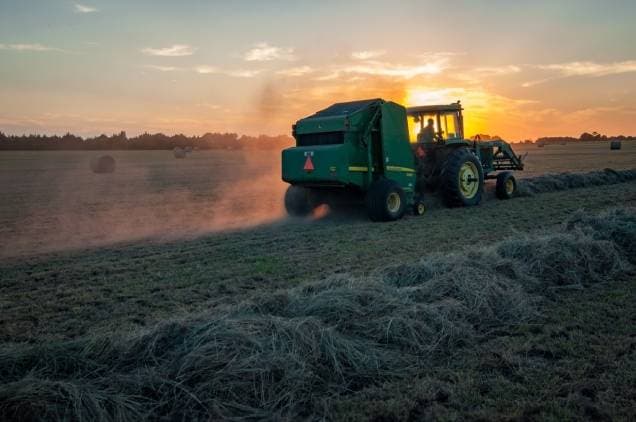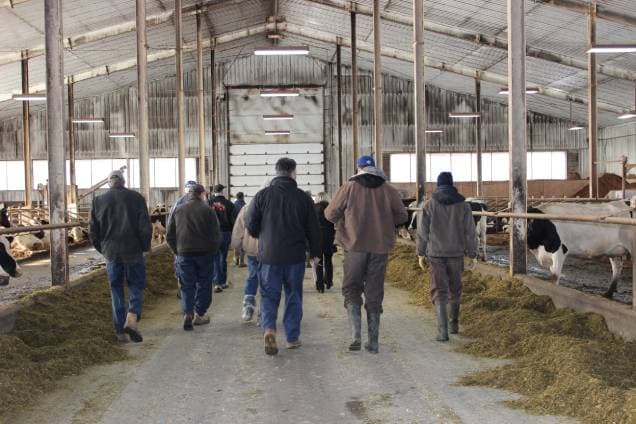Knesha Rose-Davison, the Public Health Program Director for the AgriSafe Network presented a webinar on Zoonotic Disease and Pregnancy: A deeper Dive on May 19, 2021. The webinar focused on common zoonotic diseases, discussing their warning signs and symptoms, modes of transmission, and prevention and how it affects reproductive health with a focus on the effects of pregnant farmers.
Zoonotic diseases are caused by pathogenic agents such as bacteria virus, fungi and parasites that can be spread between animals and people. Zoonotic diseases can affect women who work in agriculture to include farmers, vets & vet techs, animal husbandry providers, slaughterhouse workers, meat processing workers, researchers, etc.
LEPTOSPIROSIS (BACTERIAL)
- Transmission by urine or blood from an infected animal or damaged skin.
- Animals can carry and transmit leptospirosis including dogs, rodents, cattle, horses and pigs.
- A common transmission route for humans is getting urine or blood from an infected animal on damaged skin.
- Leptospira bacteria can also enter the body through mucous membranes for example those found in the eyes, nose, mouth and genitals.
- An infected animal is often symptom free and can continue to excrete bacteria into the environment year after year.
- Leptospirosis may occur in two phases
- First phase (with fever, chills, headache, muscles aches, vomiting, or diarrhea) the patient may recover for a time but become ill again.
- If a second phase occurs, it is more severe, the person may have kidney or liver failure or meningitis.

Prevention:
The occupational prevention & protection methods for each of the six zoonotic diseases discussed are relatively the same and easy to implement on farm.

PROPER HANDWASHING
We have learned throughout the pandemic that washing hands for at least 20 seconds is key in preventing infection, but also key in preventing the illnesses listed above. There are many infographics on washing hands but few that tell us when to wash hands. Take a look at the list below for suggestions on when to wash hands to help prevent infection.

Reference:
Centre for Disease Control and Prevention, National Center for Emerging and Zoonotic infectious Disease, Division of High-Consequence Pathogens and Pathology: https://www.cdc.gov/onehealth/index.html



